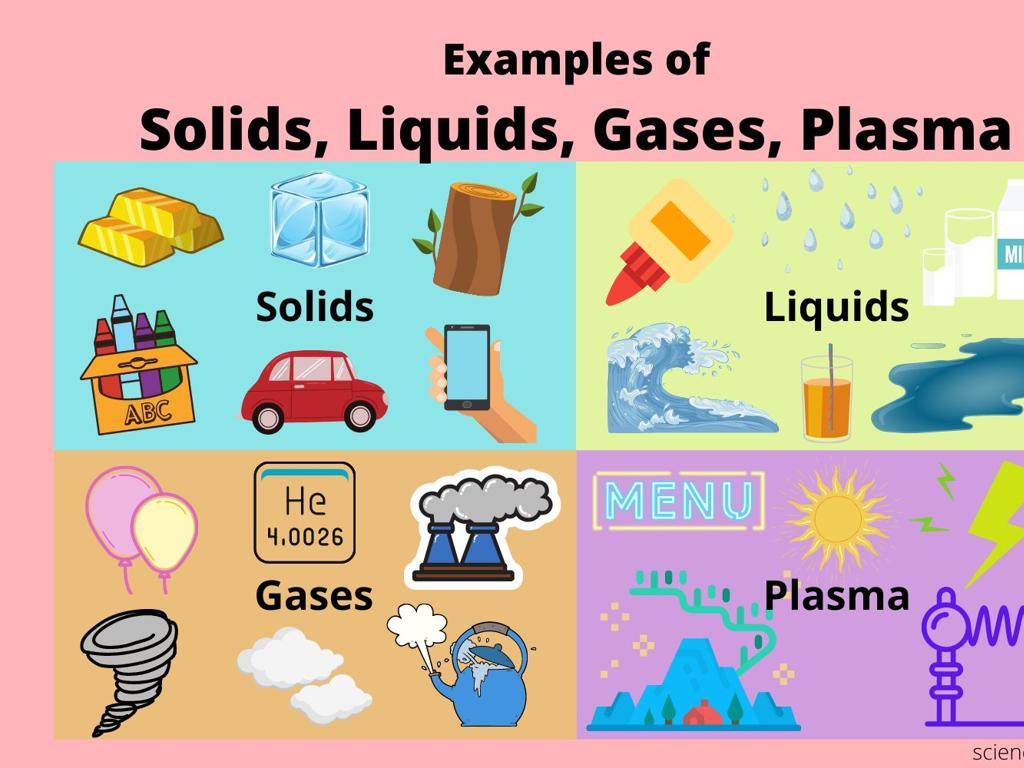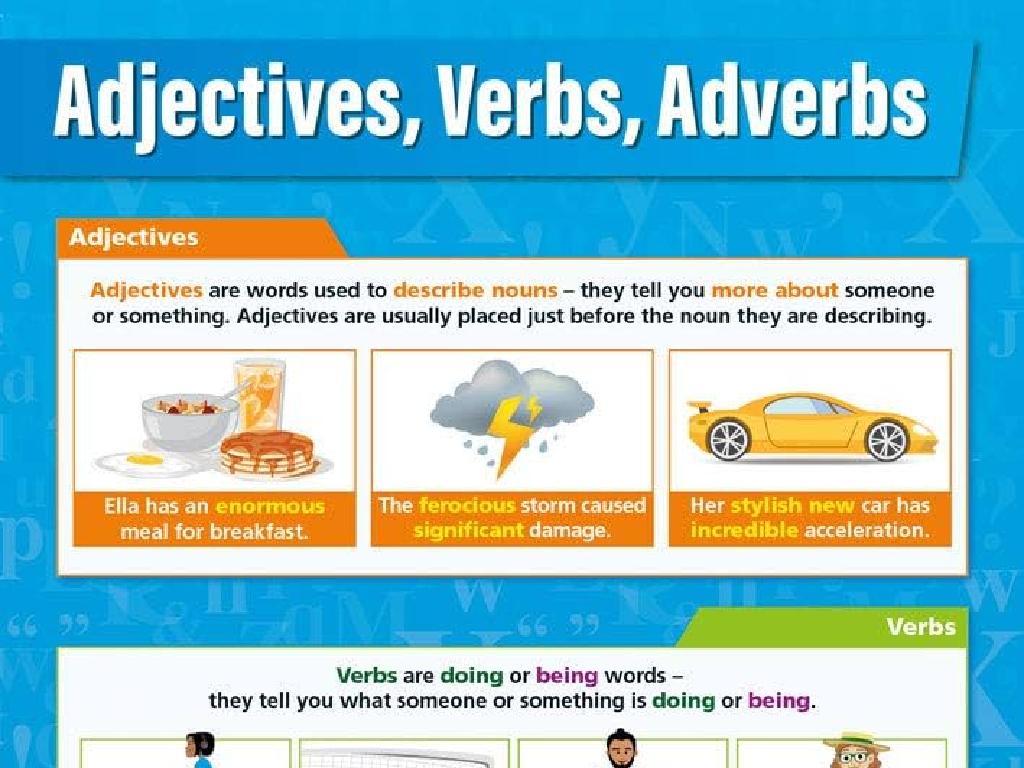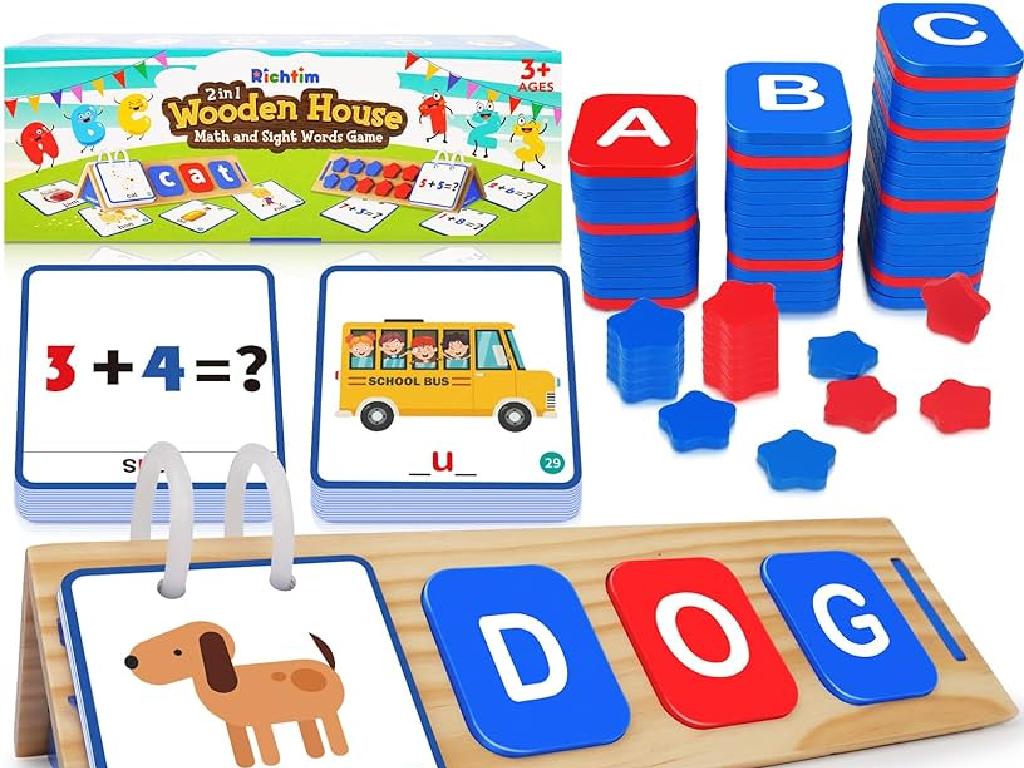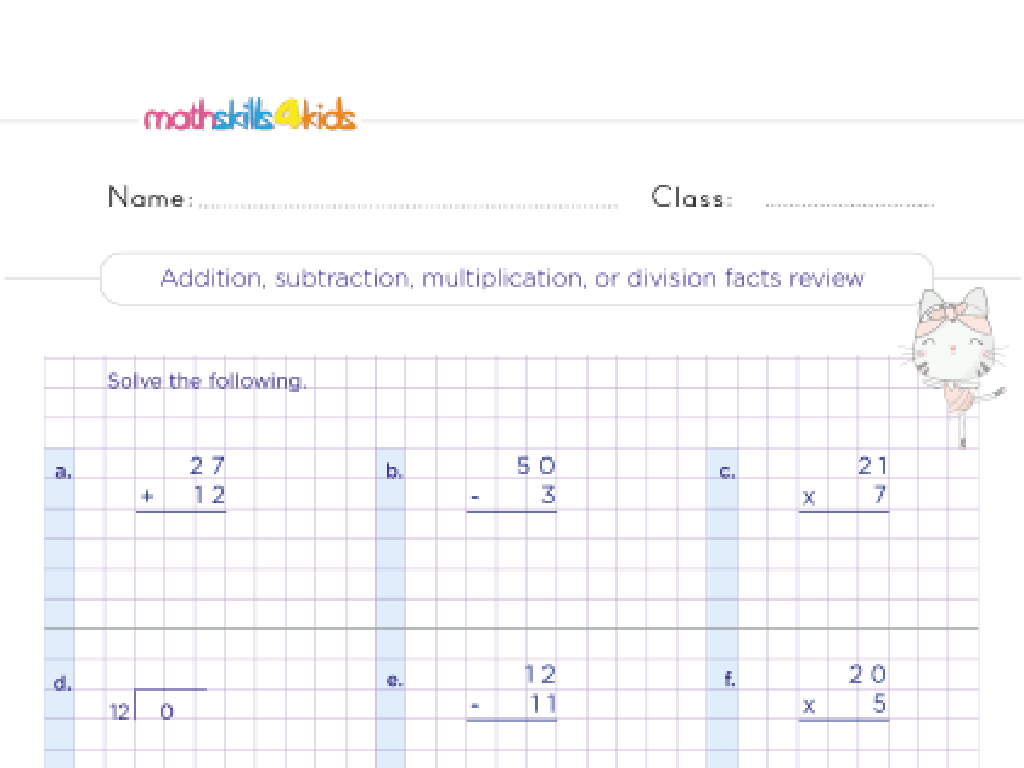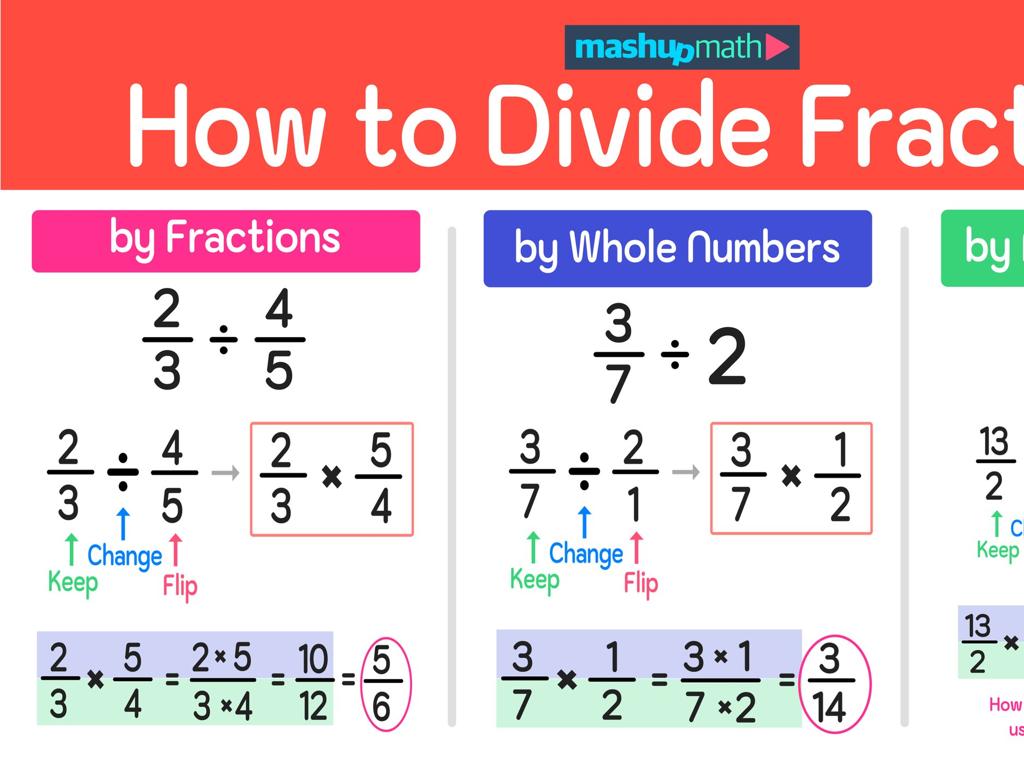Read Science Fiction With Illustrations
Subject: Language arts
Grade: Fourth grade
Topic: Literary Texts: Level 1
Please LOG IN to download the presentation. Access is available to registered users only.
View More Content
Welcome to Science Fiction!
– What is Science Fiction?
– A genre with futuristic, imaginative elements
– Exploring Imaginary Worlds
– Sci-Fi takes us to new planets, times, and realities
– Why Illustrations Matter
– Pictures help us visualize the story’s unique elements
– Engaging with Sci-Fi Stories
|
This slide introduces students to the genre of science fiction, a type of literature that often features futuristic technology, space exploration, time travel, and other imaginative concepts. Discuss the definition of science fiction and how it differs from other genres. Highlight the importance of exploring imaginary worlds, which can expand creativity and critical thinking. Explain why illustrations are particularly important in science fiction, as they help readers visualize complex and unfamiliar settings or characters. Encourage students to think about how images complement the text and enhance their understanding of the story. As an activity, students could draw their favorite scene or a new creature from a science fiction book they’ve read.
Exploring Science Fiction in Literature
– What is Science Fiction?
– A literary genre with creative yet believable stories
– Features space and time travel
– Stories often take us to distant planets or future times
– Includes advanced technology
– Gadgets and machines beyond our current capabilities
– Blends science with fantasy elements
– Uses scientific concepts to enhance fantastical plots
|
Science fiction is a genre that captivates the imagination with its blend of scientifically plausible concepts and imaginative storytelling. It’s important to highlight to students that while science fiction can contain fantastical elements, these are usually rooted in scientific theory or potential future advancements. Examples of science fiction include classics like ‘A Wrinkle in Time’ or ‘The Time Machine’. Encourage students to think about how the illustrations they see in science fiction books help to bring these advanced technologies and distant worlds to life. Discuss how science fiction can be both entertaining and educational by introducing complex scientific ideas in an accessible way.
Exploring Science Fiction
– Sci-Fi’s futuristic settings
– Think of a world years from now or in a different universe
– Speculative technologies
– Gadgets and machines that don’t exist yet
– Based on scientific principles
– Uses real science as a starting point for the story
– Imagining new discoveries
– What inventions or planets could we find?
|
This slide introduces students to the genre of science fiction, emphasizing its key characteristics. Sci-Fi often takes place in the future or in alternate realities, allowing readers to explore what the world might look like. It features creative technologies that stretch our imaginations, yet are grounded in scientific principles that make them seem possible. Encourage students to think about the science they know and how it could evolve. Discuss how authors use current scientific knowledge to predict future discoveries. This will help students understand how science fiction is both a creative and intellectually stimulating genre.
The Power of Illustrations in Science Fiction
– Illustrations bring stories to life
– Visuals help visualize the setting and characters
– They clarify complex ideas
– Pictures can explain what words cannot
– Boost imagination and engagement
– Engaging images keep readers interested
– Illustrations complement the text
– Art and words work together to tell a fuller story
|
This slide emphasizes the importance of illustrations in science fiction literature, especially for fourth graders. Illustrations serve as a bridge between the text and the reader’s imagination, making the story more vivid and accessible. They are particularly useful in science fiction, where new worlds and advanced technologies are common and can be difficult to describe with words alone. Encourage students to pay attention to how illustrations enhance their understanding and enjoyment of the story. Discuss how images can provide clues to the plot or characters and can evoke emotions that support the narrative. Use examples from popular children’s science fiction books to illustrate these points.
Reading Science Fiction with Illustrations
– Preview the picture first
– Look at the illustration to guess the setting and characters
– Discuss and predict the story
– Share your thoughts and guesses about the plot
– Read the text closely
– Understand the story and find details you predicted
– Connect text and illustration
– How do the pictures help explain the story?
|
This slide is aimed at enhancing the students’ reading comprehension by using illustrations as a tool. Begin by encouraging students to carefully observe the illustrations before they start reading. This will help them to activate their prior knowledge and set a purpose for reading. During the discussion, guide them to make predictions about the story based on what they see. As they read, prompt them to look for connections between the text and the illustrations, which will help in understanding the story better. After reading, have a reflective discussion on how their predictions matched the actual story and how illustrations contributed to their understanding of the text.
Exploring ‘The Wild Robot’
– Introduction to Roz, the robot
– Roz learns to adapt to life in nature
– Illustrations enhance the narrative
– Notice how pictures complement the text
– Group reading of a selected passage
– We’ll read about Roz’s adventures together
– Discuss the role of pictures
– How do the illustrations help us understand?
|
This slide introduces students to ‘The Wild Robot’, a science fiction story with illustrations that support the narrative. Begin by discussing the main character, Roz, emphasizing her journey of survival in the wild. Highlight how the illustrations contribute to the storytelling, providing visual context that aids comprehension. Engage the class in a group reading of a passage, encouraging them to pay attention to the illustrations. After reading, facilitate a discussion on how the pictures help them grasp the story, asking questions about their feelings and interpretations of the visuals. This activity will help students appreciate the interplay between text and illustrations in understanding literary works.
Creating Your Own Sci-Fi Scene
– Imagine a science fiction world
– Think of characters and technology
– Consider robots, aliens, or future humans and gadgets like spaceships or time machines
– Draw your sci-fi scene
– Use colors and details to bring your scene to life
– Share your artwork with the class
|
This slide is designed to spark creativity in students as they delve into the genre of science fiction. Encourage them to think beyond the ordinary and create a world that’s entirely their own, with unique characters and futuristic technology. Provide examples of science fiction elements like advanced machinery, space exploration, and extraterrestrial life to help them get started. Remind them that their drawings should include details that reflect the characteristics of the world they’ve imagined. Once completed, organize a show-and-tell session where students can explain their scenes and the inspiration behind them. This activity will help develop their creative thinking, storytelling, and presentation skills.
Class Activity: Illustrate Your Sci-Fi Scene
– Create a sci-fi storyboard
– Draw a sequence of pictures to tell a part of a sci-fi story
– Imagine characters and setting
– Think of unique characters and where your story happens
– Present and explain your scene
– Tell us about your storyboard: What’s happening in the scene?
– Share your ideas with the class
|
This activity is designed to spark creativity and understanding of science fiction as a genre. Students will create a storyboard, which is a series of drawings that outline a scene from a story. Encourage them to be imaginative with their characters and settings, perhaps drawing inspiration from sci-fi books they’ve read. After creating their storyboards, each student will present their scene to the class, explaining the plot and the elements of their drawing. This will help develop their storytelling and presentation skills. For the teacher: Provide examples of sci-fi scenes, discuss key elements of the genre, and offer drawing materials. Consider breaking the class into small groups for presentations to make the activity more manageable.

